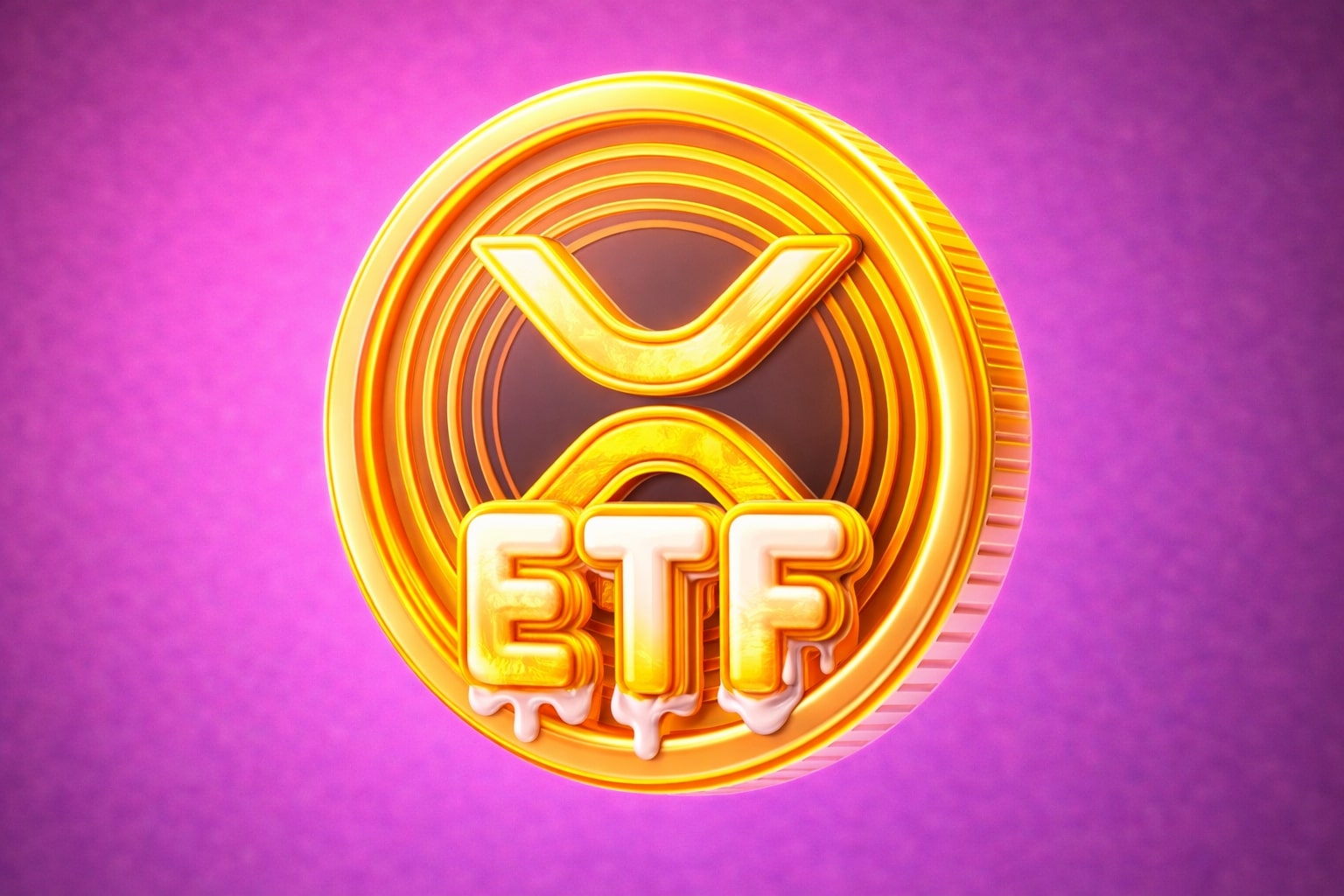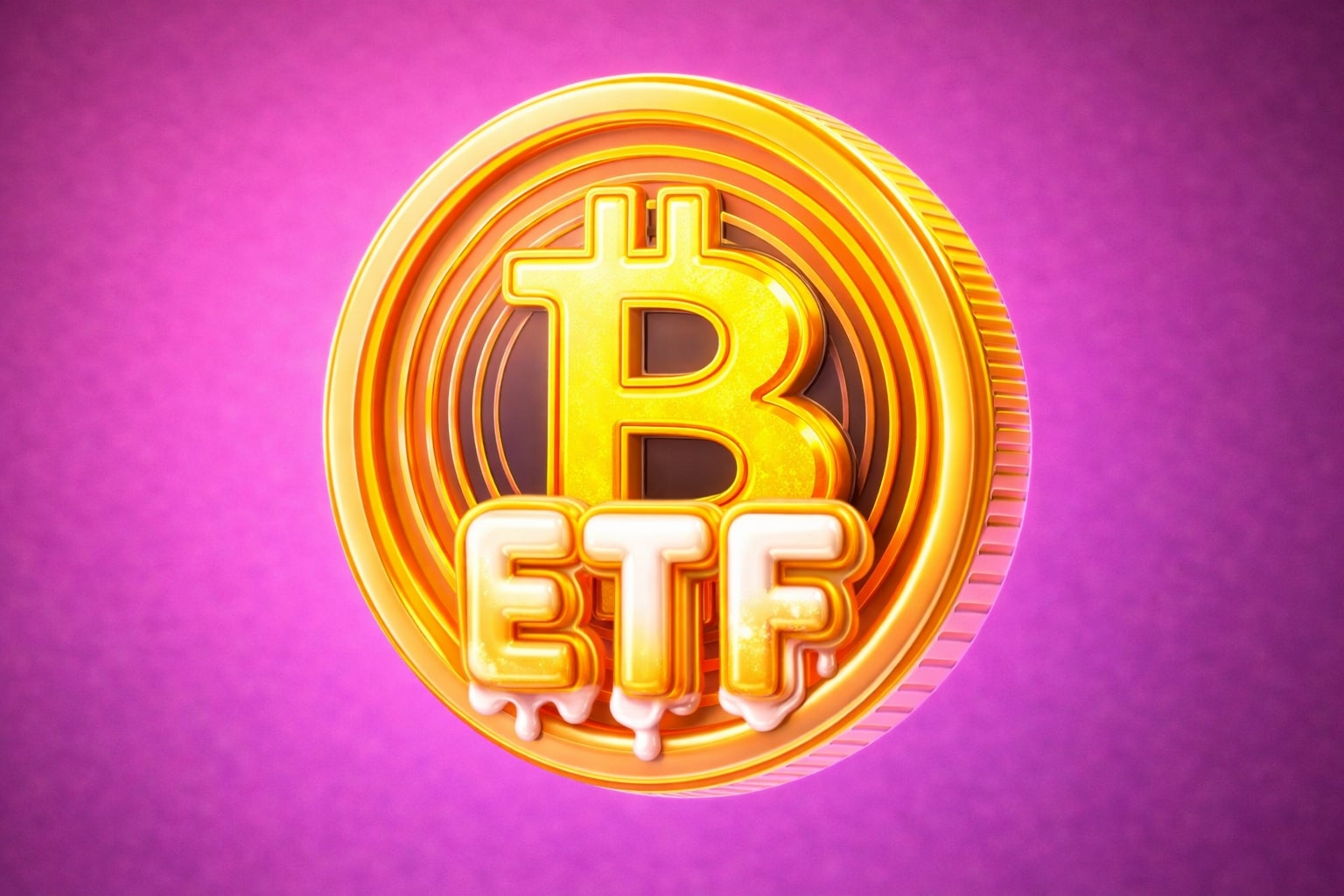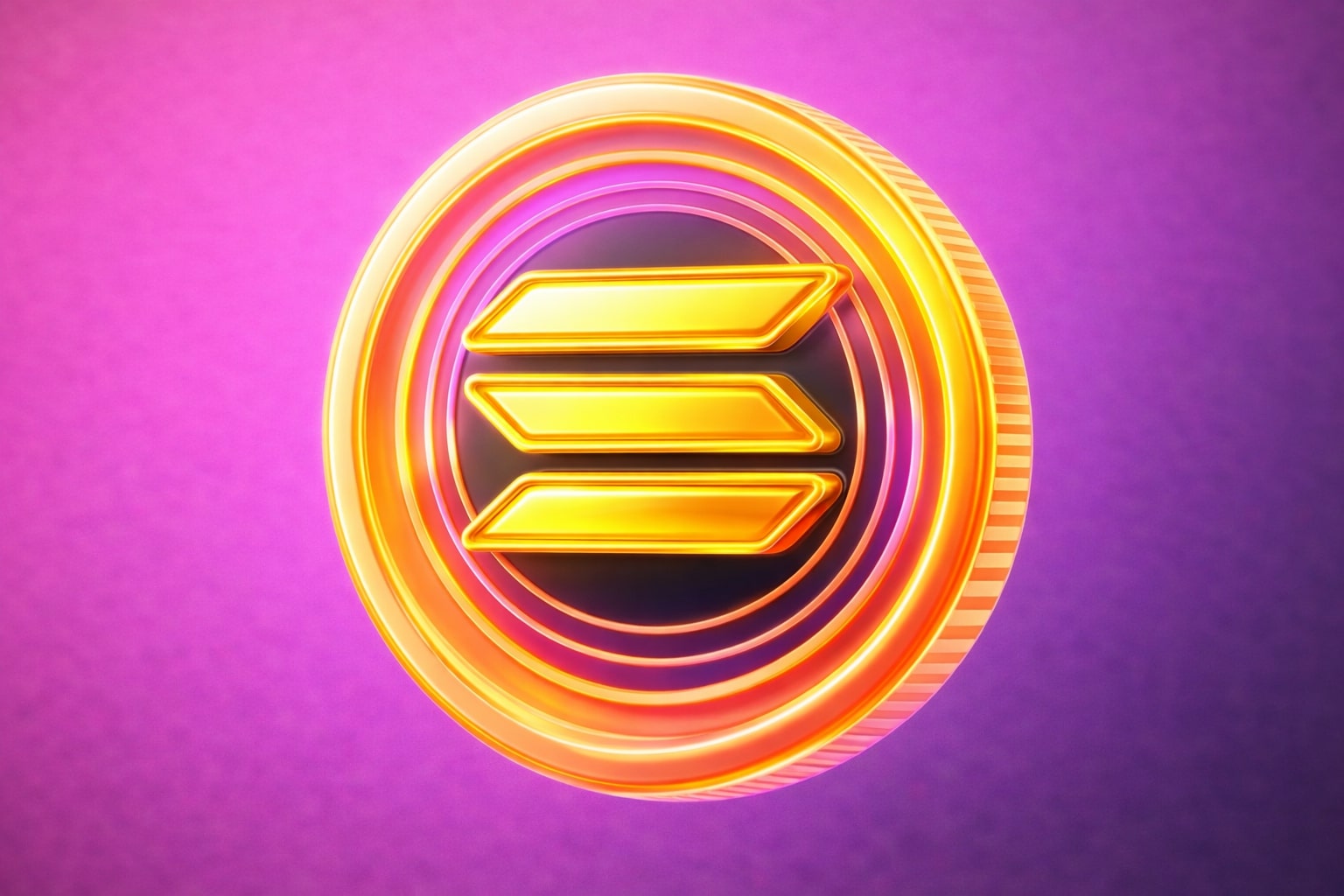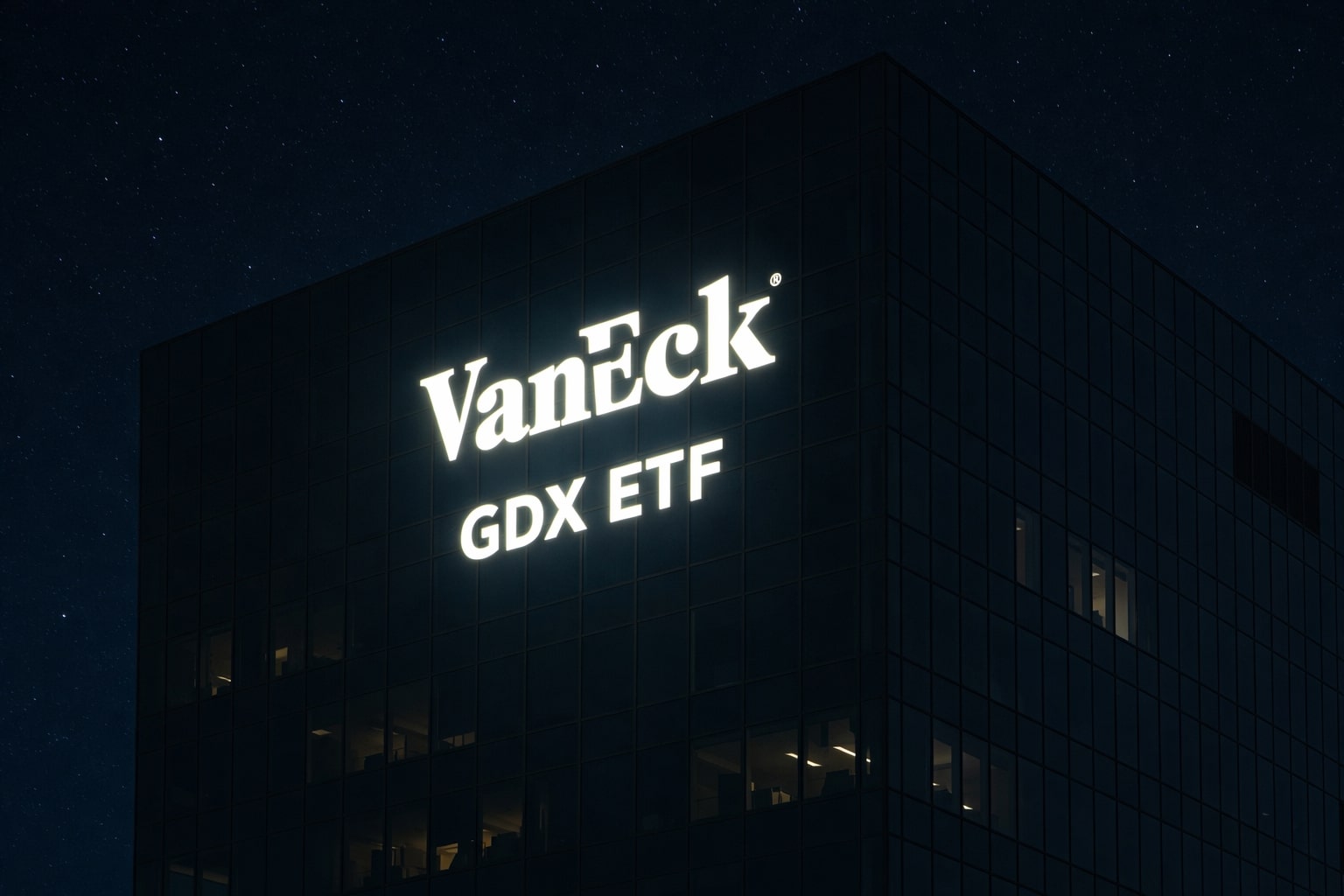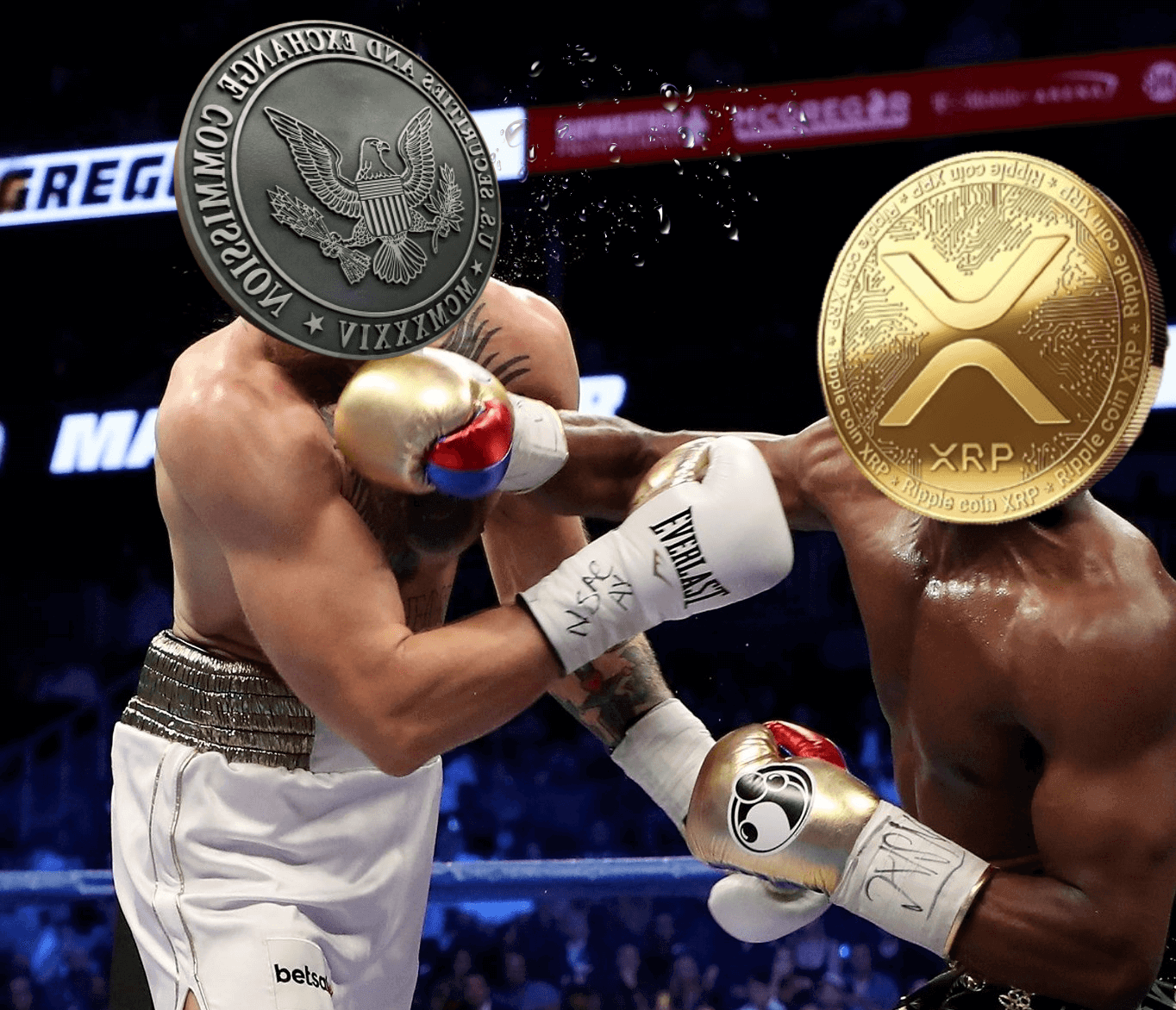
Ripple's XRP Price Soars on Favorable SEC Ruling
Ripple's XRP Soars as It Scores a Major Win in SEC Lawsuit - Setting a Precedent for Crypto Regulations and Triggering a Bullish Market Rally | That's TradingNEWS
Ripple's digital currency XRP saw an unexpected surge recently, as a favorable court ruling tipped the scales in its ongoing case with the US Securities and Exchange Commission (SEC). On July 14, even though XRP dipped roughly 10% to land at $0.76, this still represented a 65% leap from the lowest price noted the day before. In the last 24 hours, the XRP/USD pair even peaked at $0.93 - a record unseen since December 2021.
The price surge seems to mirror an uptick in XRP's trading volumes - at their highest in almost a year. Significantly, the number of large-scale XRP transactions (those involving wallets with $100,000 or more) also reached a high for 2023, suggesting solid backing from affluent investors.
The growing stash of XRP held by these "whales" hints at an intention to prepare for potential profits. Brian Q, an analyst from data analytics platform Santiment, thinks this increase in supply from key sources signals the promise of a potentially sustained rally.
From a technical perspective, it appears quite likely that XRP could test the $1 threshold in the next few days. Yet, its capacity to sustain this rally seems uncertain at present. The coin ran into substantial resistance on July 14, hitting a multi-year horizontal trendline and a significant descending trendline ceiling. Overbought conditions, suggested by XRP's weekly relative strength index (RSI), indicate a possible retreat. If this comes to pass, we might see XRP's price tumble to its multi-year ascending trendline support near $0.45 by September, a dip of about 55% from its present price.
The primary trigger for XRP's price increase appears to be news that a judge had ruled in Ripple's favor in its long-standing case with the SEC. The news caused an immediate 15% price surge, with an over 70% climb in the hours that followed, hitting a high of $0.86 within 24 hours.
Ripple earned a significant win in the United States District Court for the Southern District of New York on July 13. Judge Analisa Torres dismissed the SEC's claims that XRP token sales were a security offering. This ruling had an immediate impact on the XRP price, catapulting it more than 35% following the verdict.
However, the ruling doesn't fully resolve Ripple's legal clash with the SEC, and several items remain contested. While the court dismissed the notion of an investment contract for Programmatic Sales and other distributions, other issues persist.
Even with the continuing legal wrangling, the XRP market reacted positively. The price rocketed from $0.45 to $0.62, hitting a yearly high. On the daily chart, XRP showed an impressive 34% gain, trading at $0.62. Over the week, XRP's gain was nearly 30%. Despite the token being seen as oversold at the time of writing, its strong demand and accumulation suggest a significant bullish potential.
Post-public announcement of the ruling, XRP's price soared more than 75% to a one-year high of $0.93, as market players saw this as a bullish signal. Consequently, XRP led a bullish swing in the crypto market, triggering double-digit climbs in numerous altcoins.
Interestingly, in the last 24 hours, XRP/KRW trading volumes shot up to $2.6 billion, following Ripple's partial victory over the SEC. This buying spree pushed XRP to account for 46% of all trading volume on Upbit, overshadowing Bitcoin, which only accounted for 5% of the total share.
At the moment, XRP occupies the fourth spot in the market cap rankings, boasting a market cap of $41.01 billion. Its total supply stands at roughly 99.99 billion, with a circulating supply of around 52.54 billion. Trading volumes in the last 24 hours have touched $14.89 billion. While the bullish momentum around XRP is clear, how future legal developments and regulatory clarifications will further sway its market position remains to be seen.
Moreover, the ongoing debate about what constitutes a security in the context of cryptocurrencies holds considerable significance. In the US, the Howey Test is used to determine if a transaction can be considered an investment contract, a type of security. By this test, a transaction is an investment contract if "a person invests his money in a common enterprise and is led to expect profits solely from the efforts of the promoter or a third party." In this case, the court ruling that XRP is not a security when sold to the general public is crucial, as it could establish a precedent for future similar cases.
Furthermore, the court ruling suggests there's a discernible difference in how institutional and retail investors understand and expect returns from cryptocurrencies. This distinction could potentially lead to a shift in how regulators treat different classes of investors in the future.
Looking at the trading patterns around Ripple's XRP offers insight into the behavior of crypto investors. The swift rise in trading volumes and price demonstrates how reactive the market can be to legal and regulatory developments. It underlines the inherent volatility and risk in cryptocurrency investments.
The role of whale transactions in the XRP rally is also noteworthy. The increase in transactions from wallets holding more than $100,000 worth of XRP suggests that bigger investors were backing the rally. This could mean these investors were either anticipating positive news from the legal dispute, or they saw the potential rewards as outweighing the risks. Understanding how these large, often better-informed, investors react to market developments could be enlightening.
The outcome of the Ripple case may also affect how blockchain companies structure their future token sales. The clear differentiation between institutional and retail sales might lead companies to adopt different strategies for different types of investors to evade contravening securities regulations.
In closing, the legal proceedings between Ripple and the SEC hold importance not just for the parties directly involved, but for the wider crypto industry too. This case has the potential to set precedents and offer insights that could shape regulatory frameworks and market behavior for years to come. As such, it is a development that warrants careful watching and analysis.
That's TradingNEWS
Read More
-
GDX ETF at $88 While Gold Tests $4,400: Are Gold Miners Poised for $100?
19.12.2025 · TradingNEWS ArchiveStocks
-
XRP ETF Boom: XRPI at $10.94 and XRPR at $15.49 as XRP-USD Clings to the $1.80–$1.90 Zone
19.12.2025 · TradingNEWS ArchiveCrypto
-
Natural Gas Price Forecast: NG=F Hovering Near $3.92 As Weather, LNG And Storage Collide
19.12.2025 · TradingNEWS ArchiveCommodities
-
USD/JPY Price Forecast - Dollar to Yen Near 157 as BoJ’s 0.75% Rate Hike Backfires on the Yen
19.12.2025 · TradingNEWS ArchiveForex














